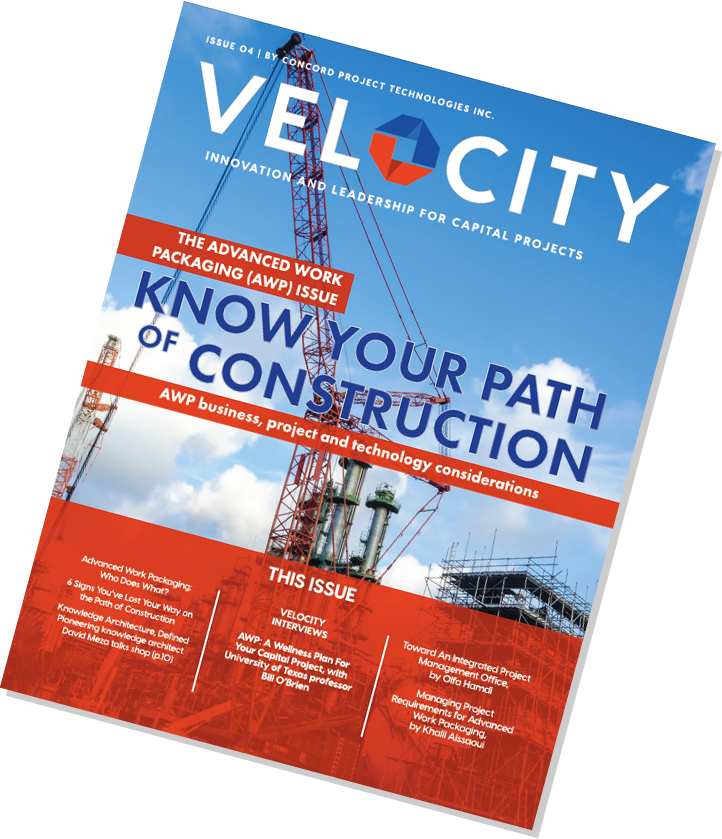Simple steps for identifying and managing the additional complexities of modern revamp projects
The capital projects industry is awash in advice about greenfield and megaprojects, the kinds of projects that make headlines and hold the promise of the future. The reality, however, is that process industry organizations spend between 30 and 65 percent of their budgets on small, site-based projects that ring up at less than $10 million. Who is talking about those?
We are. If we want to transform the capital projects industry, we can’t continue to ignore revamp strategy. Revamp project scopes range from replacing a few critical components to massive months-long refurbishing projects that transform facilities from top to bottom. Regardless of scope, however, the issues that arise during a revamp project are vastly different from those that attend a standard construction project.
Here are four critical complexities to consider when embarking on a revamp project.
COMPLEXITY #1
Curating accurate information about existing equipment and systems
This seems like it should be simple. Surely a facility that costs millions of dollars to build has a comprehensive and well-organized storehouse of equipment, systems, and facility data? Not always. In fact, companies with high-quality storehouses are the exception, rather than the rule. Beyond that, structures and equipment change over time, and often require review — even when information about the facility is robust and well-maintained.
As a result, most revamp projects begin with the gathering of vast amounts of information, documents, and data. This process is far more complex than most organizations recognize; it’s also a critical foundation of revamp project success. There are many, many benefits to a comprehensive curation and assessment process, but chief among them is that high-quality information helps prevent inaccurate (and costly) assumptions. Invest at this stage, and save.
COMPLEXITY #2
Navigating operations and shutdown
Generally speaking, revamp projects are undertaken in a plant that is actively transforming feedstock and producing a product. Much of the time, project teams will need to shut down the entire operation to execute the revamp scope, which almost always translates into hard losses for the Owner company. When the plant is not shuttered, the revamp project teams must work around product production teams, adding another layer of complexity to already-complex, highly technical projects.
Consequently, project managers need to be accurate about the scope and relentlessly focused on efficiency. Otherwise, they risk significant and unnecessary business losses. The key is to get and stay clear on the opportunity costs associated with the project and keep the bottom line in sight at all times.
COMPLEXITY #3
Safety In Action
Safety is always a chief concern in industrial facilities, but it is an area of special concern during revamp projects. Project teams often find themselves working on equipment while a plant is operating, introducing the risk that revamp work in one area of the plant will unwittingly impact work — and more importantly, workers — in another area. Teams working on the equipment during a weekend or other brief shutdown will see operators returning to their stations in short order, increasing the safety risk. It’s another added complexity for revamp project teams and one that deserves our full attention.
COMPLEXITY #4
Integrating process engineering, operations, and maintenance teams
Time and again, revamp projects stall or derail because process engineering, operations and maintenance teams are not effectively integrated into the project team. Many teams go through early definition without meaningfully consulting these important site experts; there may be touchpoints and occasional reviews, but that’s not enough. These allies need full visibility and meaningful input on revamp projects, full stop.
This is not a simple matter of professional respect or deference. Facilities can undergo significant changes in the space of a few months, and those changes may directly impact or undermine your construction schedule. In our experience, the development of formalized, effective communication channels can mitigate and even eliminate this risk.
First, make sure these channels are deliverable-driven — that is, that they don’t consist of a meeting, but rather result in a deliverable, like a memo. Process engineers, operations and maintenance professionals need the ability to provide meaningful input, and they must be held accountable for providing this critical insight. Finally, these submissions are time-sensitive — they need to be made early, and they need to be ongoing, with clear protocols for updates.
Capital project professionals engaged in modern revamp projects must remain sensitive to these additional complexities, and should consider working with people who understand how to navigate the unique conditions that arise. Concord® is a proven leader in piloting advanced work packaging on revamp projects, and we’re committed to sharing our learnings in articles like this one. Now it’s your turn: How are you managing revamp complexities? Are there complexities we’ve missed? Please tell us in the comments!
Need support with a new chemical construction project? We can help. Click here to contact us.





